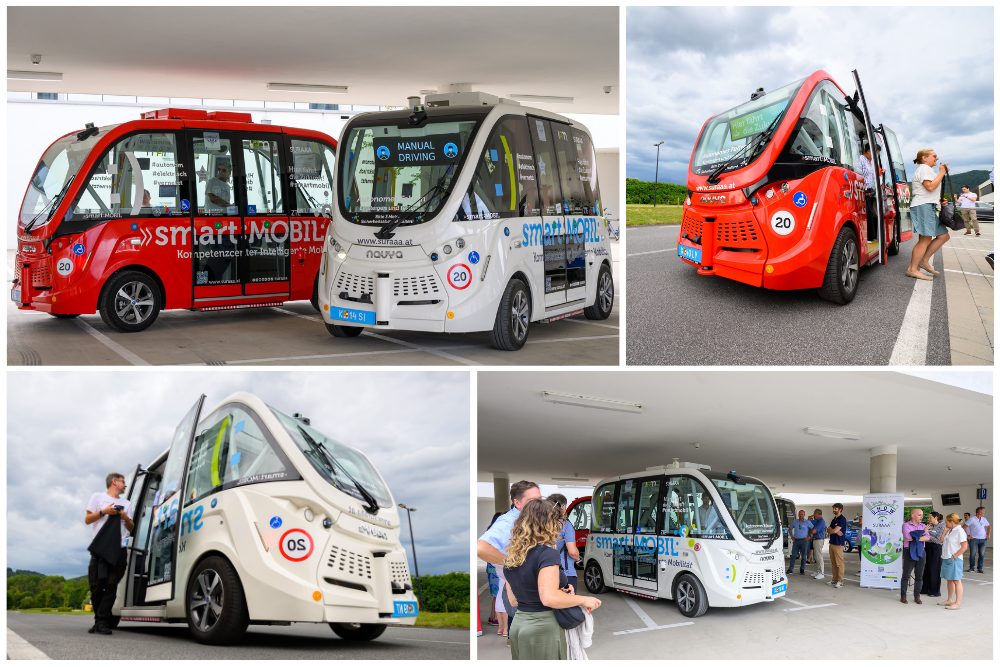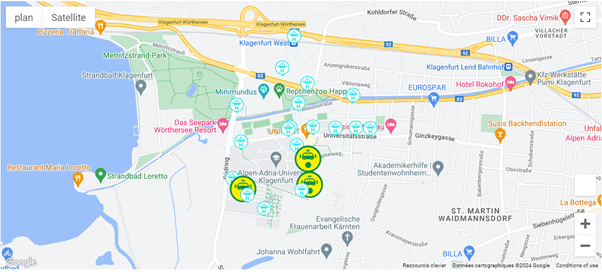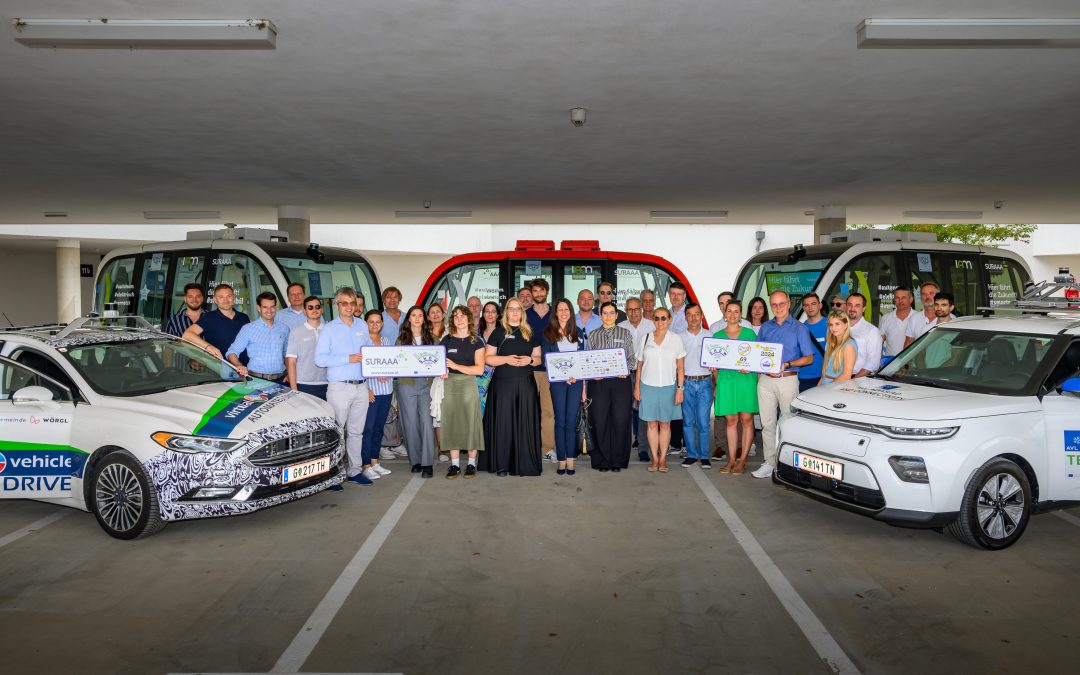
On July 23, 2024, the SHOW Austrian Mega Site held its final event in Pörtschach and Klagenfurt, Carinthia, marking the culmination of months of Cooperative, Connected, and Automated Mobility (CCAM) deployment. This event provided a comprehensive overview of the progress and key insights gained from the three Austrian pilot regions: Carinthia, Graz, and Salzburg.
The event began with a project overview by John McSweeney (UITP), the SHOW project coordinator, who highlighted the objectives and achievements of the SHOW project, setting the stage for an in-depth discussion on the lessons learned from the Austrian pilot sites.
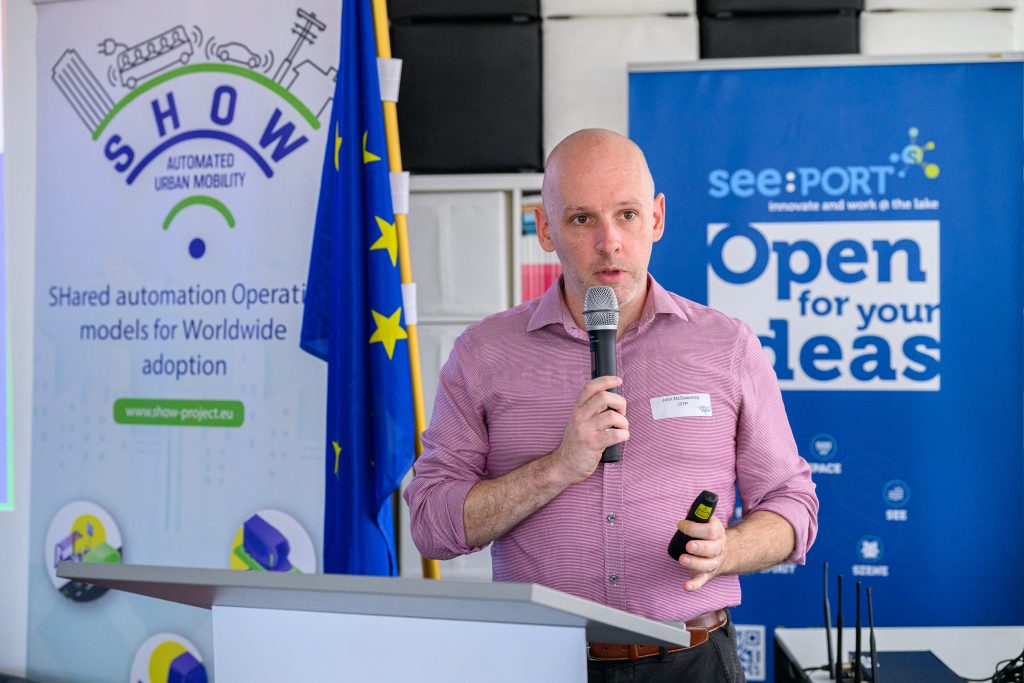
Roundtable 1: Lessons from the Austrian Pilot Sites
Moderated by Dominik Schallauer (AustriaTech), the first roundtable provided an overview of the three pilot regions, with detailed presentations from Markus Karnutsch (Salzburg), Markus Schratter and Alexander Moschig (Graz), Petra Schoiswohl (Carinthia), and Christian Rudloff (Simulations for Graz, Klagenfurt, and Salzburg).
They discussed several challenges faced during the deployment, such as the importance of HD maps for accurate navigation, public road deployment and the relevance of ongoing validation due to influences like vegetation. Higher acceptance rates for CCAM services were noted when users had the opportunity to test the services directly.
Key discussions during the roundtable included the feasibility of using a single map for both summer and winter conditions, as practised in Graz, and the management of on-demand driving services. The limited availability of real-time traffic data was a challenge for comprehensive simulation validation, and the balance between traffic efficiency and safety in simulations was a topic of debate.
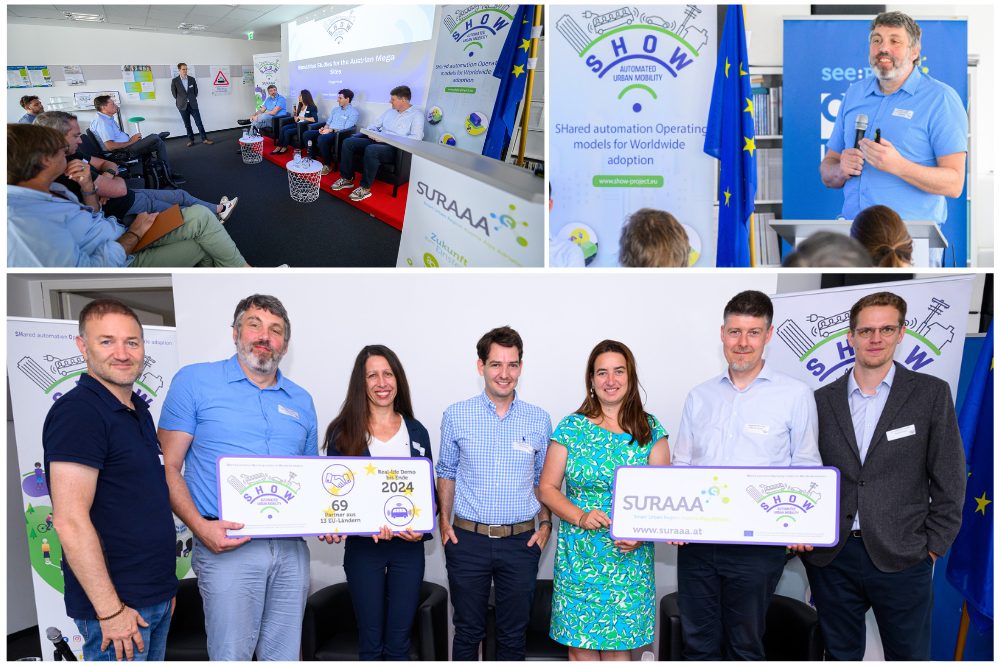
Mid-term visions for the pilot sites
The visions for the mid-term future of the pilot sites were also shared. In Graz, there are plans to expand the fleet and operational area, with an implementation of remote operation on proving grounds. Salzburg aims to focus on testing autonomous vehicles in rural areas, expanding the operational design domain (ODD), and investigating last-mile solutions. Carinthia shares similar goals to Salzburg, with an extension to other villages and a sandbox environment in Pörtschach to ensure inclusive access to the services.
Roundtable 2: The road ahead for CCAM services in Europe
The second roundtable, moderated by Martin Russ (AustriaTech), featured insights from Clarisse de Cerjat (Eurocities), Wolfram Klar (AustriaTech), John McSweeney (UITP), and Wolfgang Ponweiser (AIT). They highlighted the necessary steps for CCAM advancement, such as integrating CCAM into Sustainable Urban Mobility Plans (SUMP), leveraging existing infrastructure, and building capacity across the sector. The integration of CCAM into public transport, with a focus on shared mobility and large-scale demonstrations, was emphasized. The need for new frameworks to reduce the regulatory effort for vehicle deployment, an increase in Level 4 vehicles, and more remote assistance were also discussed.
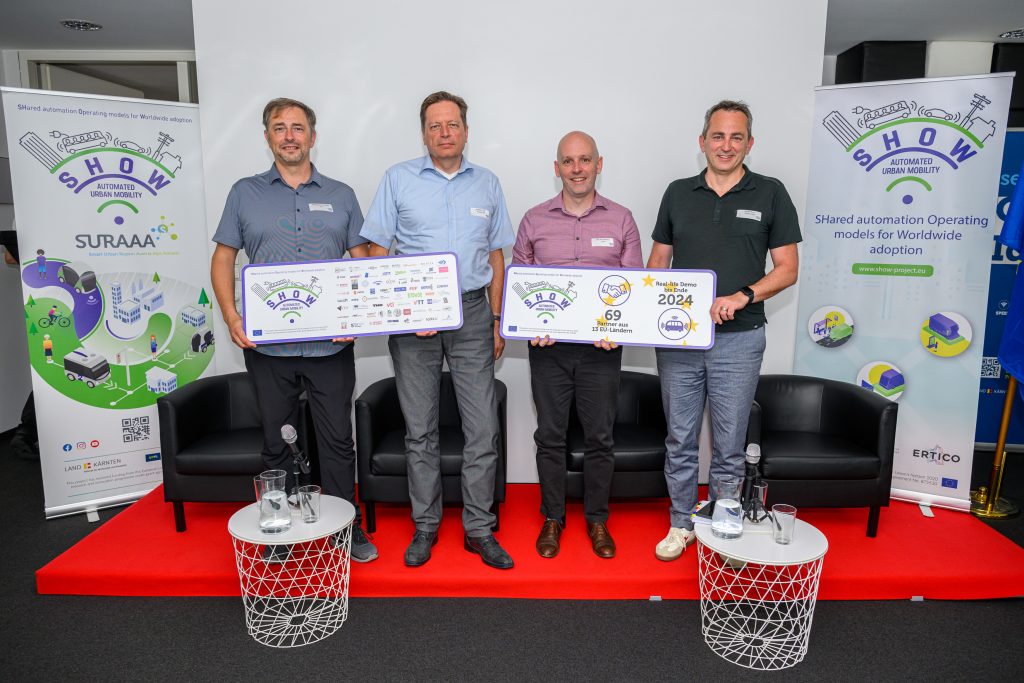
Comparing the European approach to that of the US and China, the participants stressed the importance of efficient business models and service designs, harmonized regulation, and the promotion and communication of CCAM benefits to cities. The use of simulation tools and resource efficiency were also seen as crucial. Future elements in CCAM highlighted during the discussion included the relevance of the European Commission’s staff working documents, the adoption of SUMPs in more cities, the automation of corridors instead of mixed traffic, risk management for road deployment, transparency in defining ODD, and strategies for last-mile financing.
The audience gained valuable insights into autonomous driving and its intricacies, the critical role of HD mapping in pilot deployments, and the key factors for Europe to catch up with global leaders. A practical understanding of the vehicle operations in the Graz pilot site was also a highlight.
Real-life experience
In the afternoon, participants experienced autonomous shuttles firsthand, riding three shuttles on various routes around Klagenfurt. The integration with heavy traffic and seamless communication with traffic lights impressed attendees. The shuttles navigated intersections, left turns, and roundabouts without operator intervention, demonstrating the advanced state of CCAM technology. The IOKI App for On-Demand services, available on the App Store, facilitated these rides, showcasing the practicality of automated shuttles in everyday transport.
